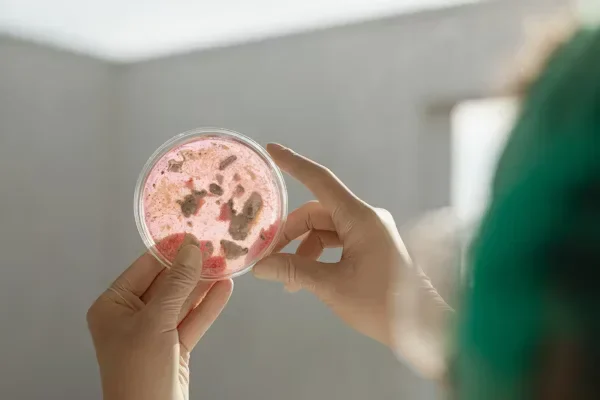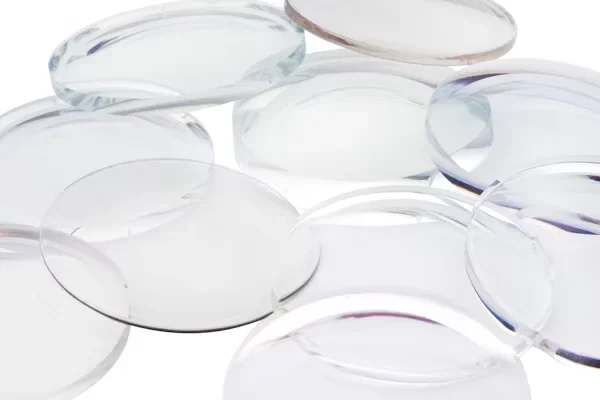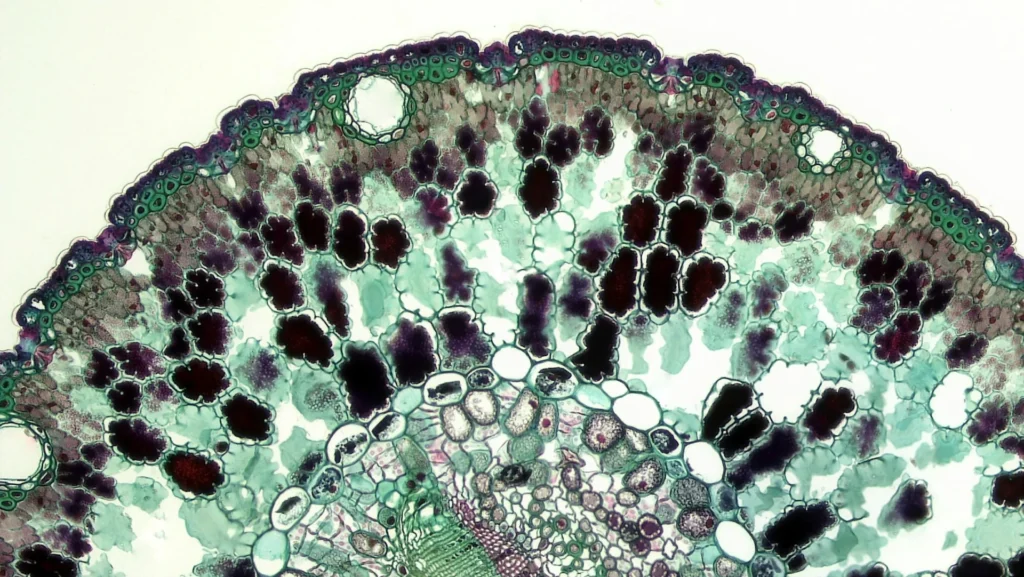Disclaimer: This content is for informational and educational purposes only. It does not substitute professional training or guidance in laboratory practices. Always follow your institution’s safety protocols and consult qualified professionals when working with biological cultures or lab equipment.
In laboratories, scientists utilize various tools to cultivate and study tiny living organisms, including bacteria and cells. Two of the most common tools are culture vessels and flasks. Both are used to culture microorganisms, but they serve different purposes and are most effective in specific situations.
Today, we will explain the differences between Petri dishes and flasks. We will focus on their uses, types, and how they compare in lab work. Whether you’re growing bacteria or studying cells, understanding these tools can help you choose the right one for your experiment.
What is a Petri Dish Used For? Ideal for Solid Media

It is a shallow, round dish made of glass or plastic with a lid. It’s a lab favorite for growing bacteria, fungi, and other microorganisms on a solid surface. Scientists use it to create a controlled environment where microbes can grow and be studied easily.
It is typically filled with a gel-like substance called agar. This agar acts as a food source for the microbes. This setup enables researchers to observe bacterial growth, test antibiotics, and detect contamination.
They are great because they’re simple to use and allow for easy observation. You can spread a sample on the agar surface and observe the colonies forming over time. They’re ideal for experiments that require observing individual colonies. They also work well when testing how microbes react to different conditions.
For example, a scientist might use a Petri dish to determine if a new drug can inhibit bacterial growth. The flat design also makes it easy to stack multiple dishes in an incubator. This saves space in busy labs.
Types of Petri Dishes: Which to Choose?

Not all of them are the same. There are different types designed for specific needs. Here’s a quick look at the main types:
Standard Petri container: These are the most common, usually 90mm in diameter. They’re used for general bacterial growth and made of clear plastic or glass for easy viewing.
- Compartmented Lab Dishes: These have dividers to separate different samples in one dish. They’re helpful when you want to test multiple conditions without using several dishes.
- Vented culture plate: This type has small ridges on the lid to allow air circulation. This is ideal for cultivating fungi or other microbes that require oxygen.
- Mini Lab Dishes: Smaller in size, these are used when you have limited samples or need to save space.
- Deep Petri container: These are taller and used for larger volumes of agar. They’re also used when you need to grow cultures for more extended periods.
Choosing the right dish depends on your experiment. For example, if you’re studying fungi, a vented dish might be best. If you’re testing multiple antibiotics, a compartmented dish can save time. Plastic dishes are disposable and convenient, while glass ones can be reused after sterilization. This makes them eco-friendly.
Bacterial Culture Flask: The Liquid Culture Champion

While Microbial culture dishes are excellent for solid media, a bacterial culture flask is the go-to for growing microbes in liquid. These flasks are often made of glass or durable plastic. They contain liquid nutrient solutions in which bacteria can swim and multiply.
They’re designed to hold larger volumes than a Bacterial culture plate. This makes them ideal for experiments requiring extensive bacterial growth. Examples include producing proteins or studying bacterial behavior in liquid environments.
Bacterial culture vessels come in different shapes. For example, Erlenmeyer flasks with a conical shape or flat-bottomed flasks. They often have caps or stoppers to keep contaminants out while allowing some air exchange. Scientists shake or stir the flasks to mix the liquid and ensure that the bacteria receive enough oxygen.
This makes them perfect for large-scale experiments. For example, growing bacteria for industrial purposes or research requires a large number of cells.
Agar Plate vs Petri Dish: Clearing the Confusion
You might hear the terms “agar plate” used interchangeably. However, they’re not the same. The phrase “agar plate vs. culture plate” highlights a key distinction.
A culture dish is a physical container, a round, shallow dish with a lid. On the other hand, is a culture dish filled with agar, ready for culturing microbes. In other words, they serve as the hardware, and the setup represents the prepared environment.
For example, you can purchase empty Microbial culture dishes and fill them with agar to create them. The agar provides nutrients for microbes to grow. The dish keeps everything contained and sterile.
While most of them are made in bacterial culture plates, you can technically pour agar into other containers. However, they are the standard because of their shape and ease of use. So, when someone says “agar plate,” they’re usually referring to a culture dish containing agar, ready for an experiment.
Flask Culture Systems Compared
When it comes to growing cells or bacteria in fluid, flask culture systems play a crucial role in this process. Flasks are used for both bacterial and cell cultures, but they vary depending on the type of cells being grown. Let’s break down the main types of flasks and how they’re used:
- Erlenmeyer Flasks. These have a conical shape and are common for bacterial cultures. Their narrow neck reduces contamination, and they’re easy to shake for mixing.
- Spinner Flasks. These have a paddle or magnetic stirrer inside to keep cells suspended in liquid. They’re great for cells that don’t adhere to surfaces, such as those found in some animals.
- Cell Culture Flasks. These are specially designed for growing animal or human cells. They often have a flat, rectangular shape with a treated surface to facilitate cell adhesion and growth.
Flask culture systems differ from bacterial culture plates in that they focus on liquid environments, as opposed to solid ones. While Lab dishes are best suited for observing colonies on a solid surface, flasks enable cells to grow in a three-dimensional liquid environment. This is useful for experiments needing large amounts of cells. It’s also helpful when studying how cells behave in a fluid environment.
For example, a scientist might use a spinner flask to grow cells for making vaccines. An Erlenmeyer flask might be used for bacterial fermentation.
For growing animal or human cells, types of cell culture vessels are specially designed with specific features to support delicate cells. These flasks are typically made of plastic with surfaces that have been treated to facilitate cell adhesion and growth. Here are the main types:
- T-Flasks (Tissue Culture Flasks). These are rectangular with a slanted neck for easy access. They come in different sizes, such as T-25 or T-75, based on the surface area (in square centimeters) required for cell growth.
- Multilayer Flasks. These have multiple layers or chambers that allow for the growth of more cells in less space. They’re ideal for large-scale cell production, like for medical research.
- Roller Bottles. These are cylindrical flasks rotated slowly to keep cells bathed in fluid. They’re used for cells that require constant movement, such as certain types of skin cells.
- Bioreactor Flasks. These are advanced cell flasks with built-in systems to control temperature, oxygen, and pH. They’re used for high-tech experiments, like growing stem cells.
Choosing the right cell culture flask depends on the type of cells and the scale of the experiment. For small experiments, a T-25 flask might be enough. For producing large amounts of cells, a multilayer flask or bioreactor flask is better.
These are designed to mimic the conditions cells need to grow. These conditions are like those found in the human body. This makes them essential for medical and biological research.
Lab dishes and flasks are both essential tools in laboratories, serving distinct purposes. Those that are especially ideal for growing bacteria on solid surfaces allow scientists to observe colonies and test conditions.
Flasks, whether bacterial culture flasks or cell culture vessels, excel in fluid environments. They support the large-scale growth of bacteria or delicate cells. Understanding the types of Microbial culture dishes and cell culture flasks helps researchers select the right tool for their work.
Whether you’re comparing an agar plate vs a culture plate or exploring flask culture systems, each tool has a unique role in advancing science. By choosing the right labware, scientists can ensure their experiments are successful and their results are reliable.









